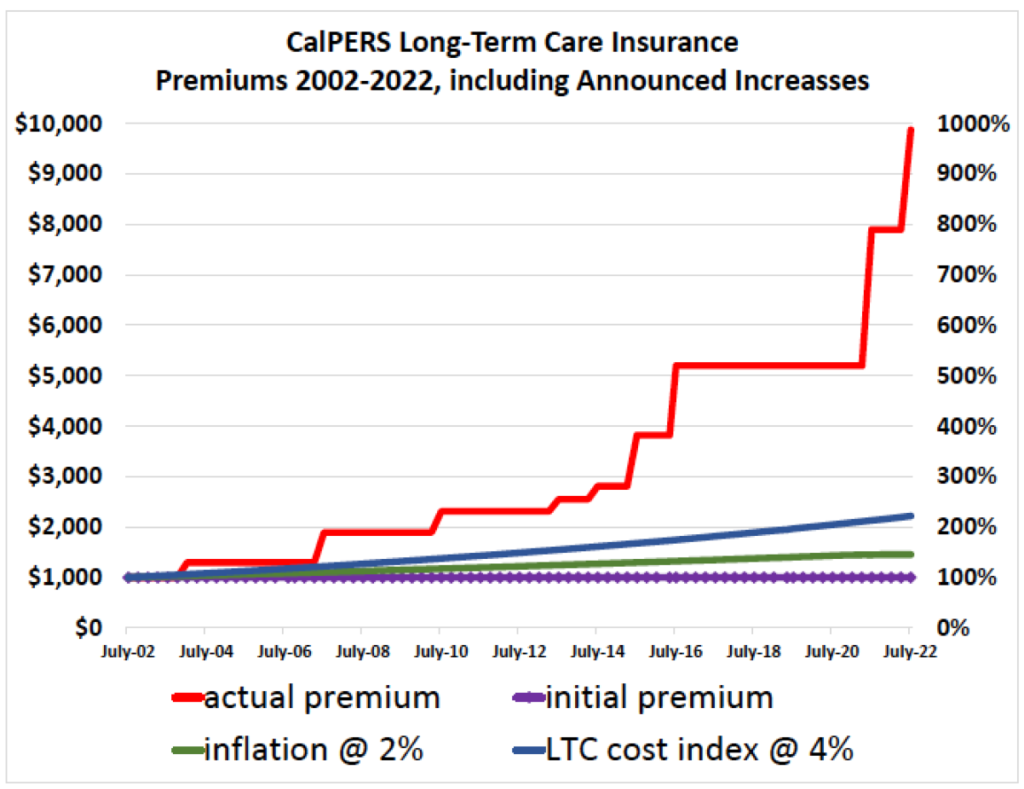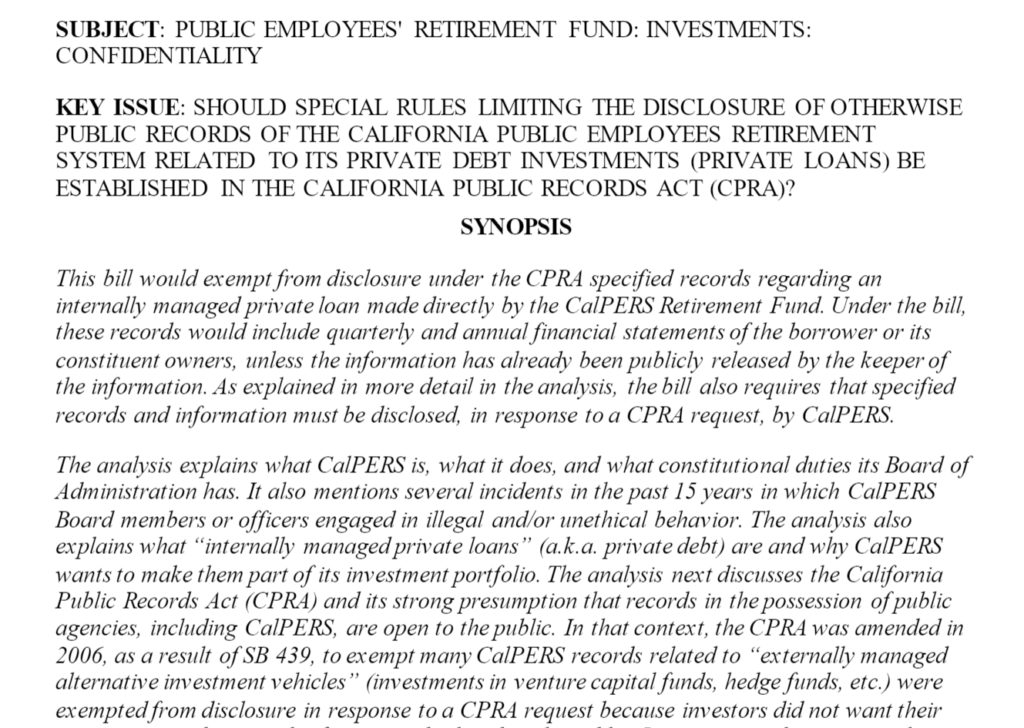Excerpt:
The city [Chico] has been receiving more sales tax, property tax, developer fees, and Utility Tax revenues every year as development brings more people to Chico. Instead of maintaining and improving infrastructure, Staff has poured these funds into their pension deficit, $11,500,000 this year, by 2025, $13,000,000. This money is allocated from all the department funds, at the expense of infrastructure and services.
Instead of pursuing new taxes that will hurt our local economy, council needs to switch from CalPERS’ defined benefit plan to a defined contribution plan, like 401Ks. Why should the taxpayers but never the employees bear the burden of the risks taken by CalPERS? The POB scheme, which Dowell admits is “gambling,” puts ALL the burden on the taxpayers, forever. Any new revenues will go to the pension obligation first.
Author(s): Juanita Sumner, Chico
Publication Date: 26 May 2021
Publication Site: Oroville Mercury-Register


